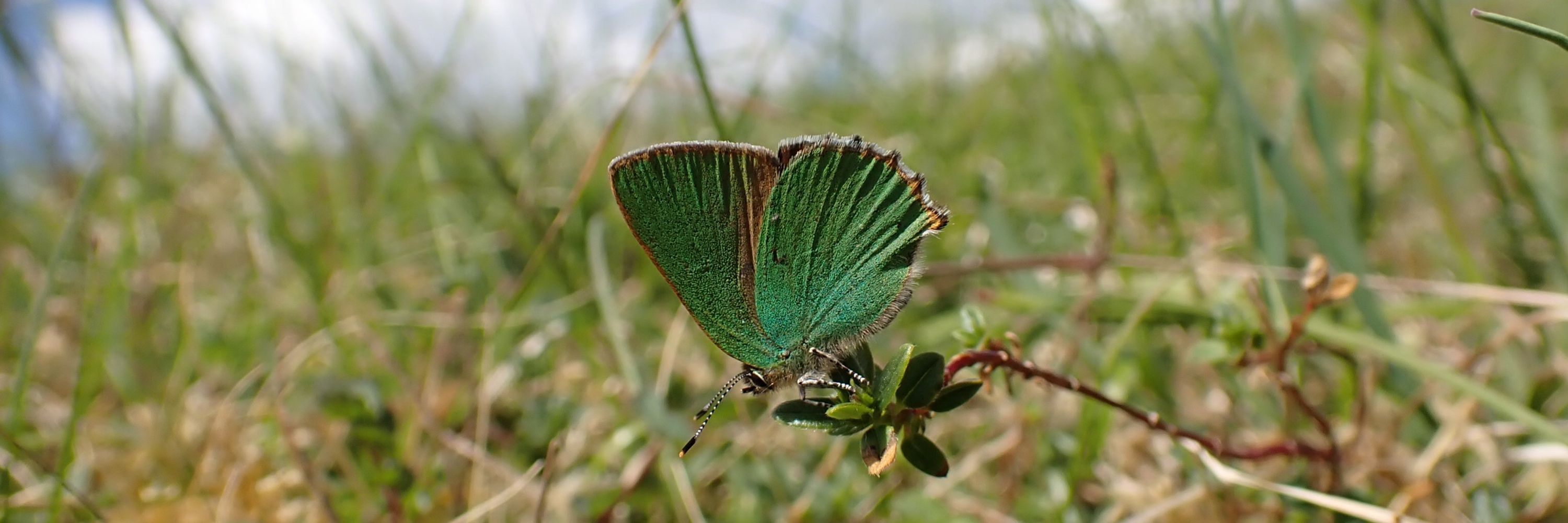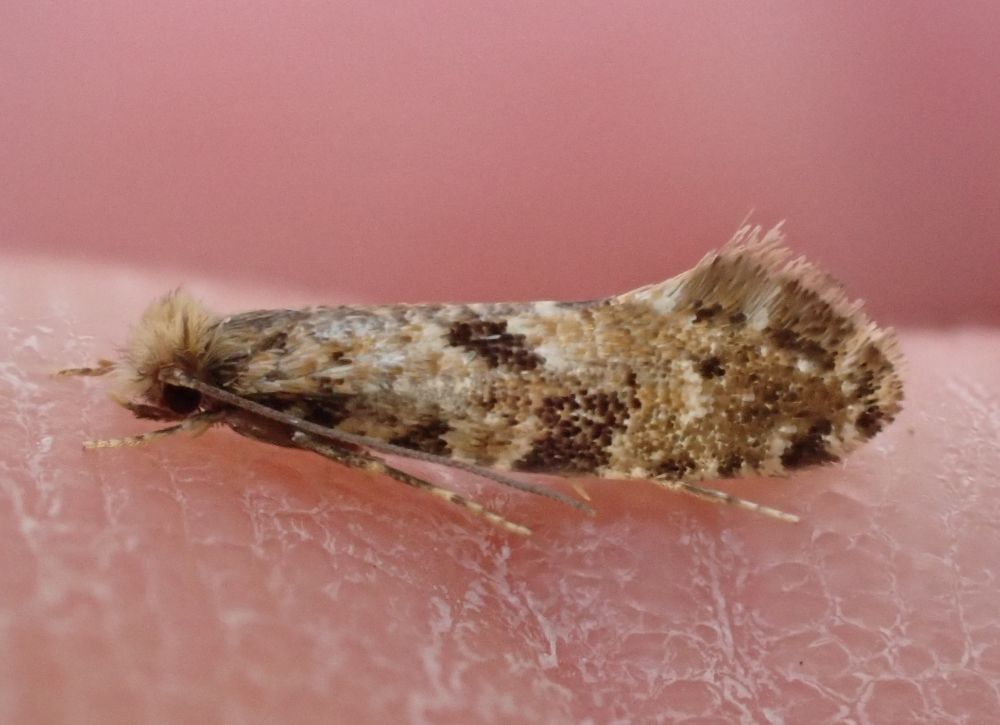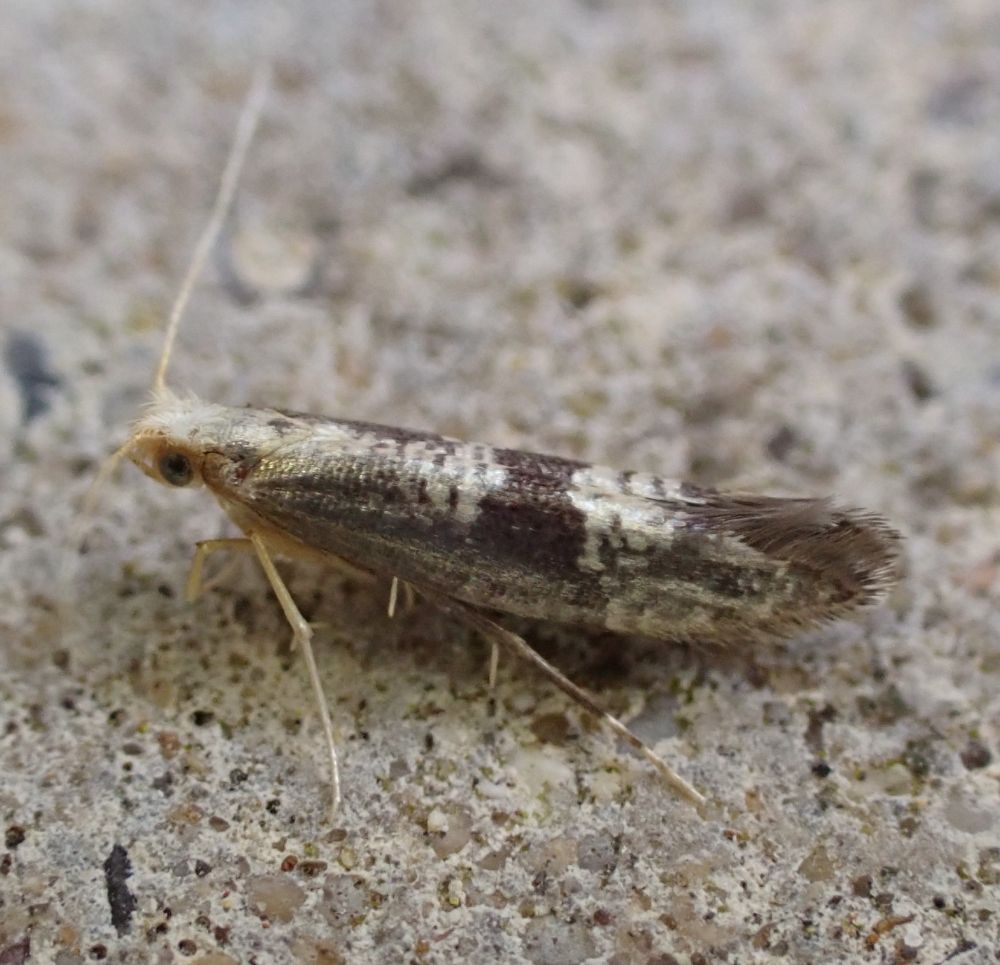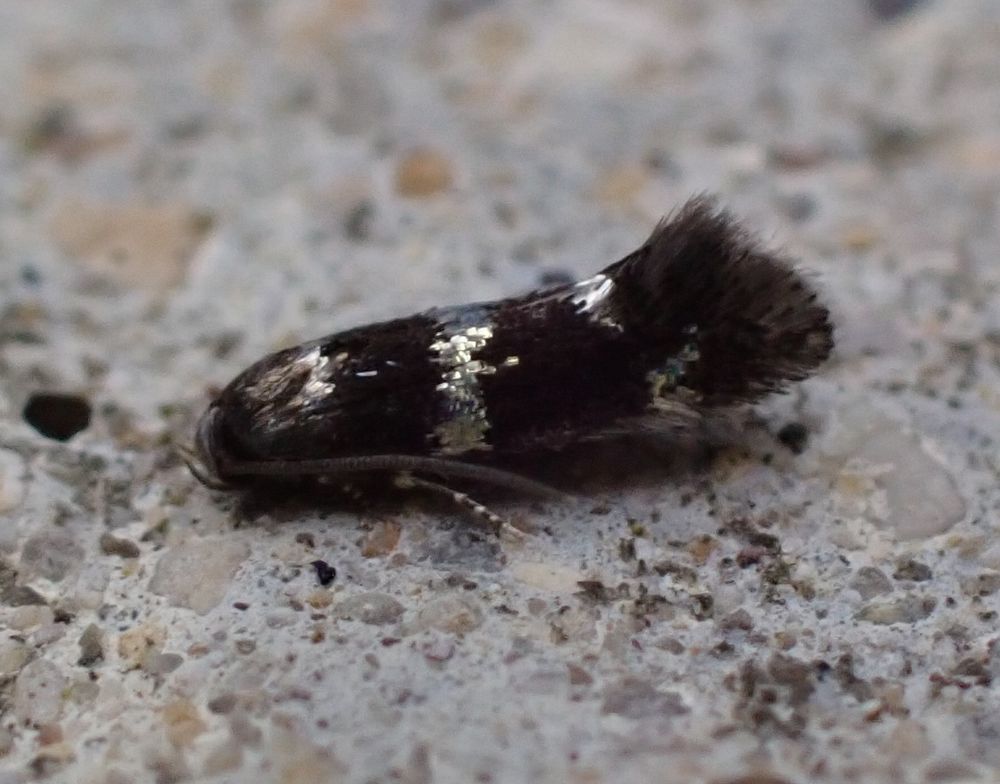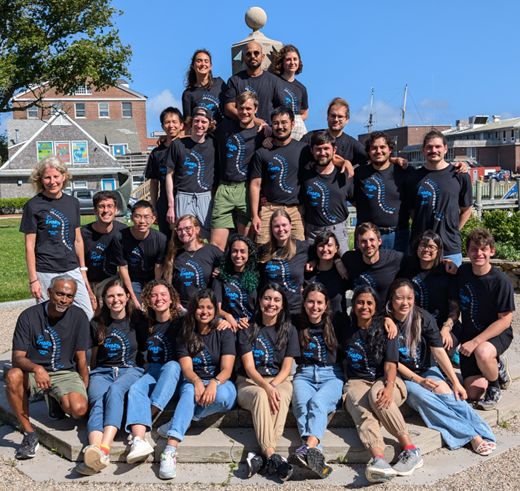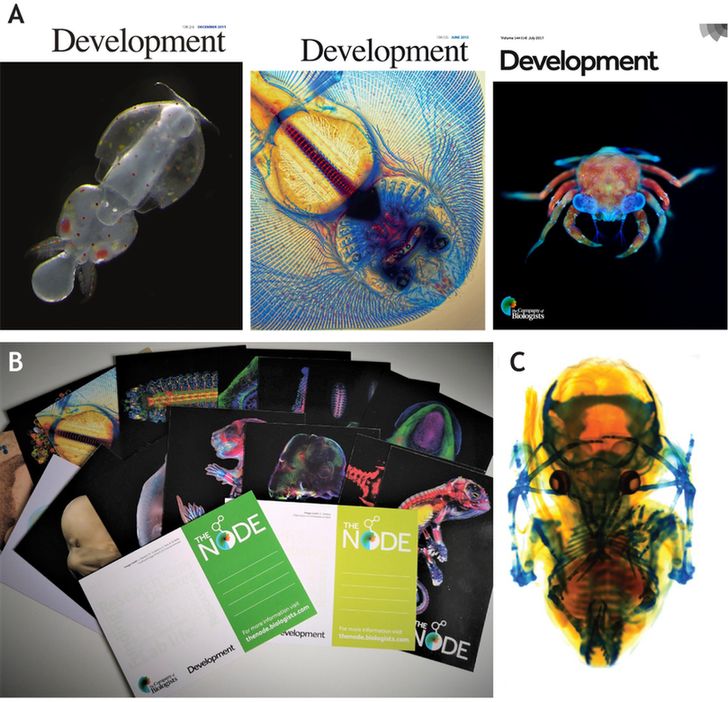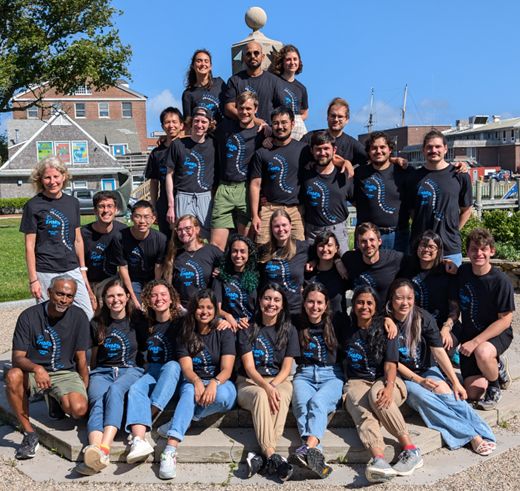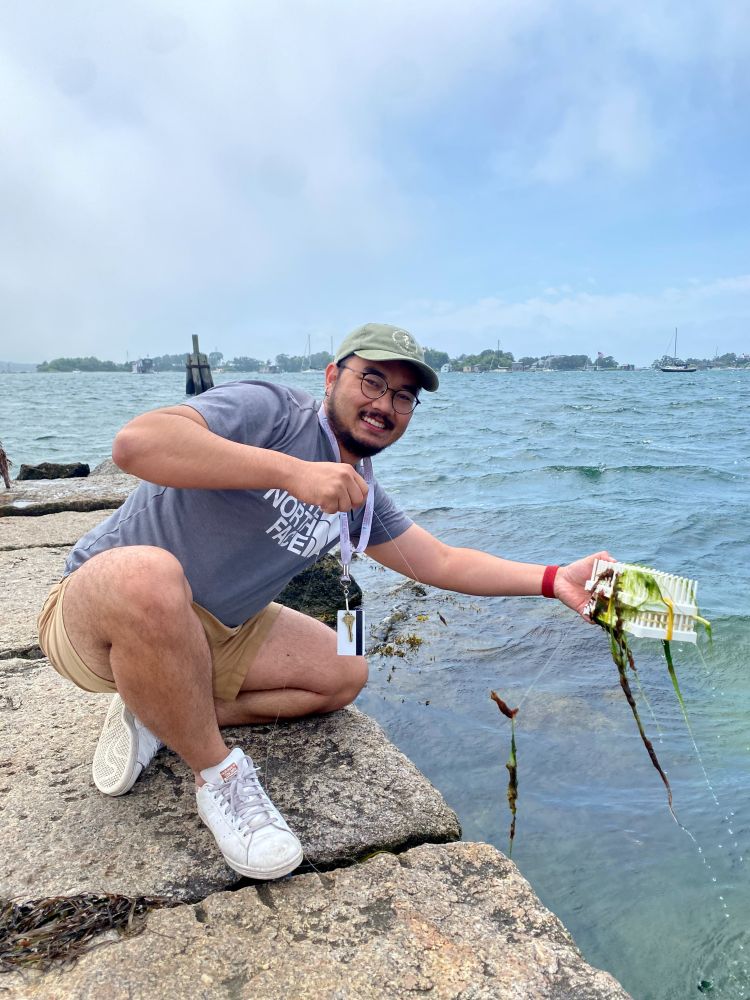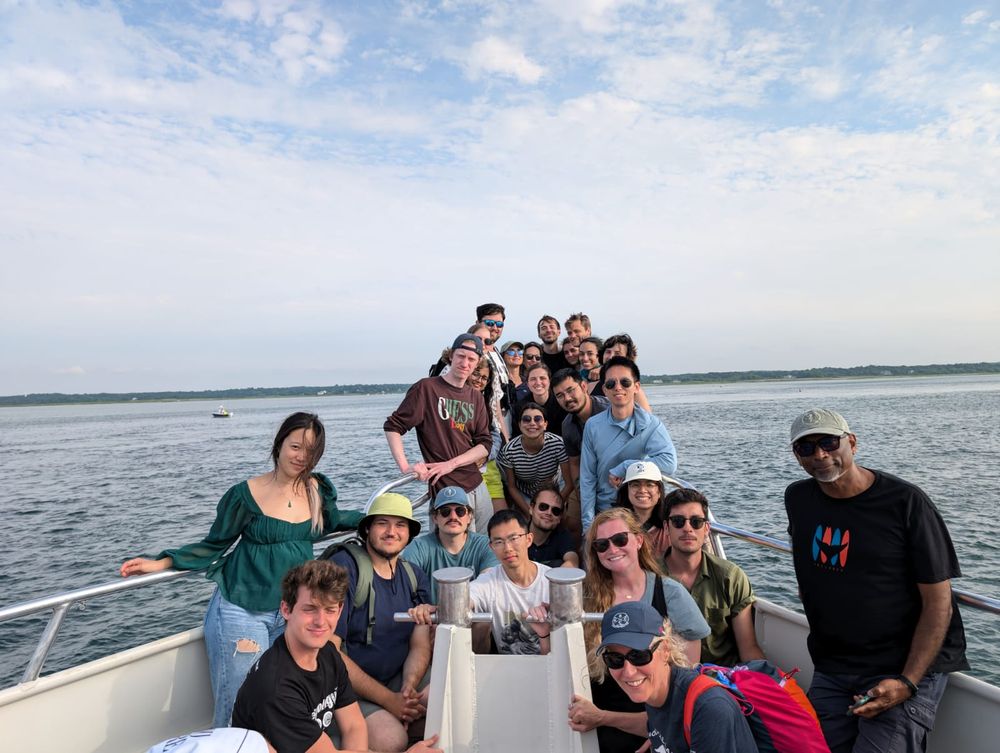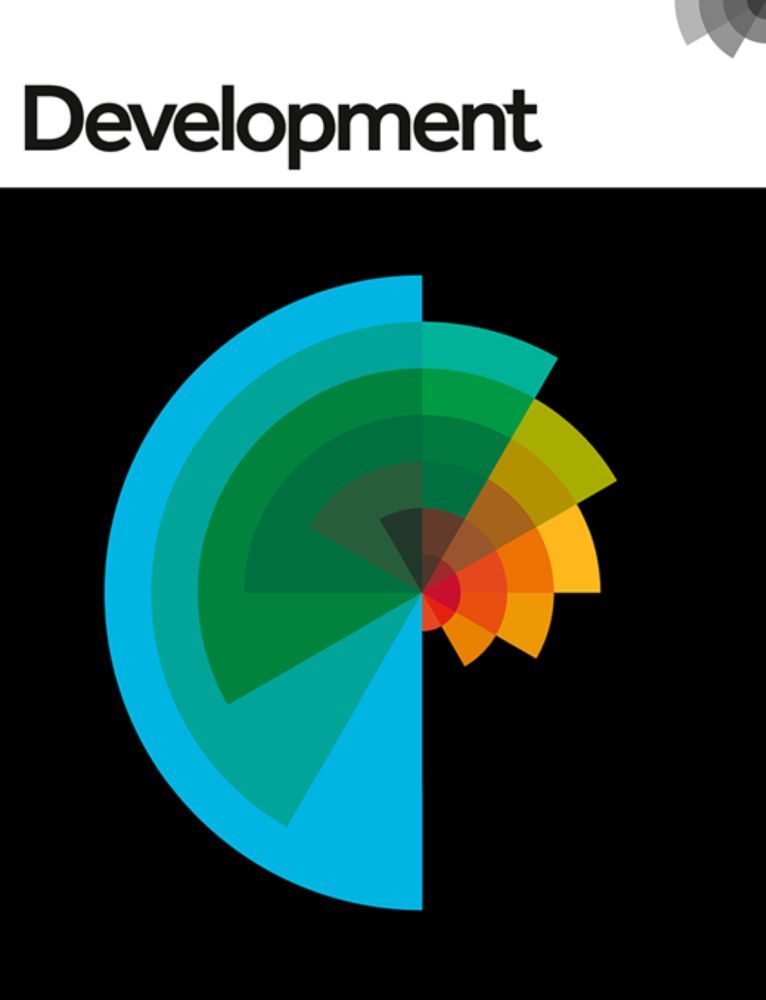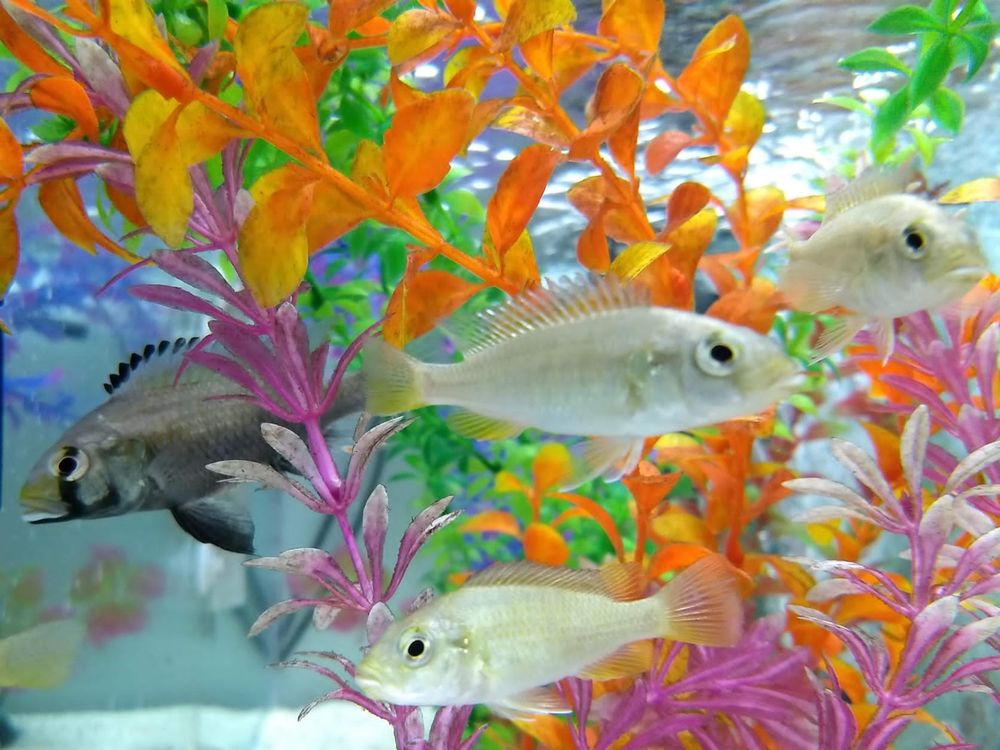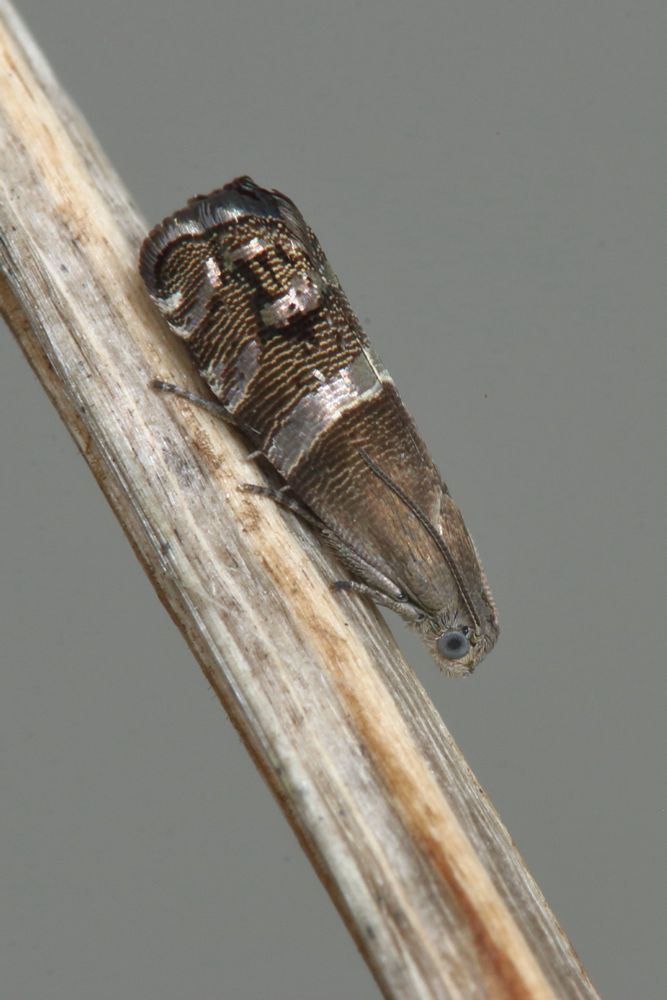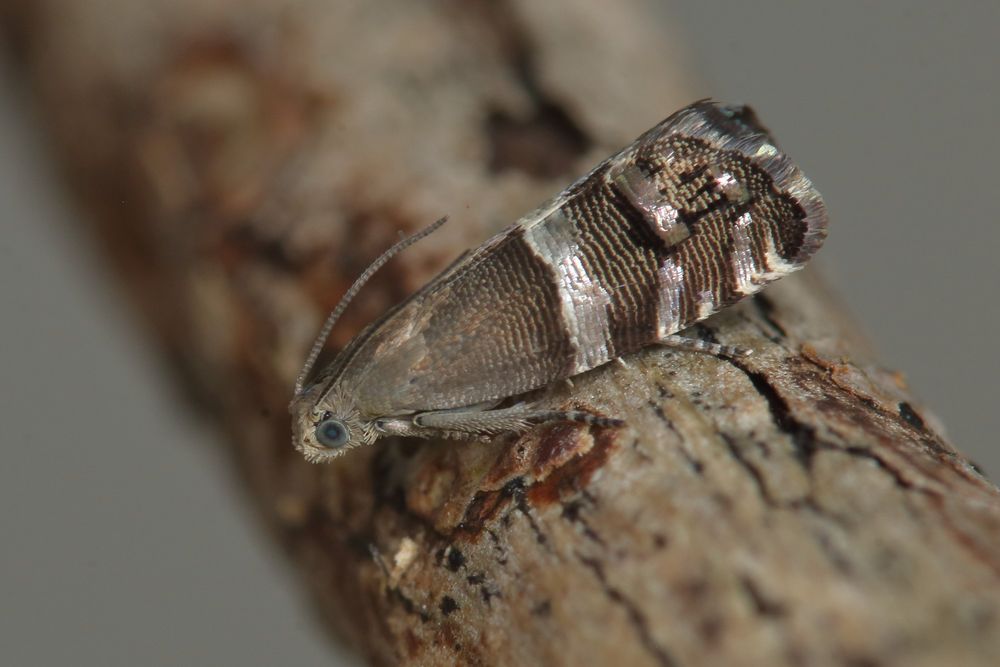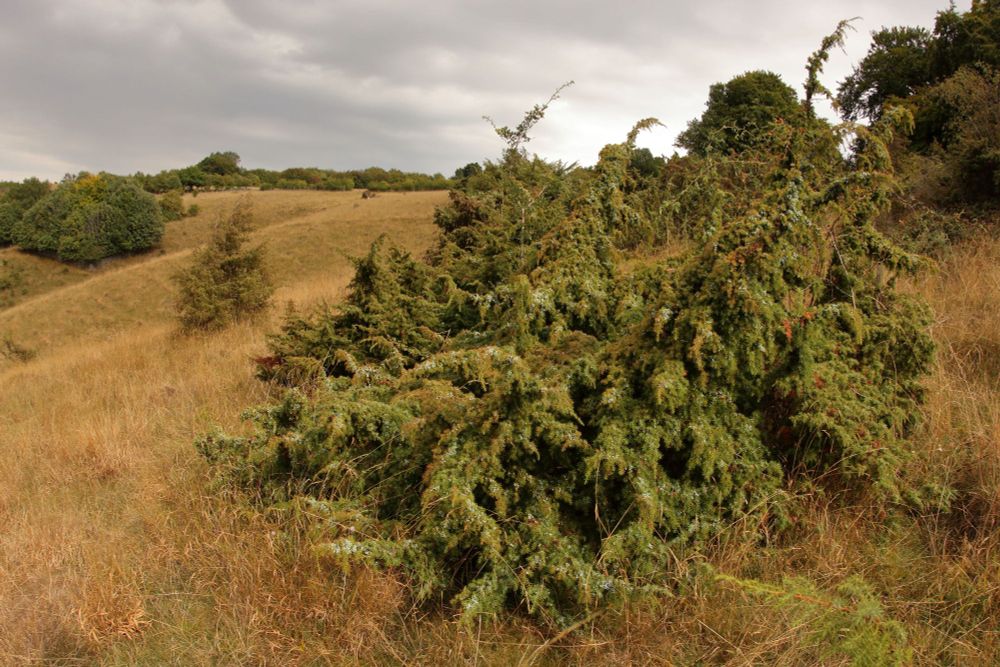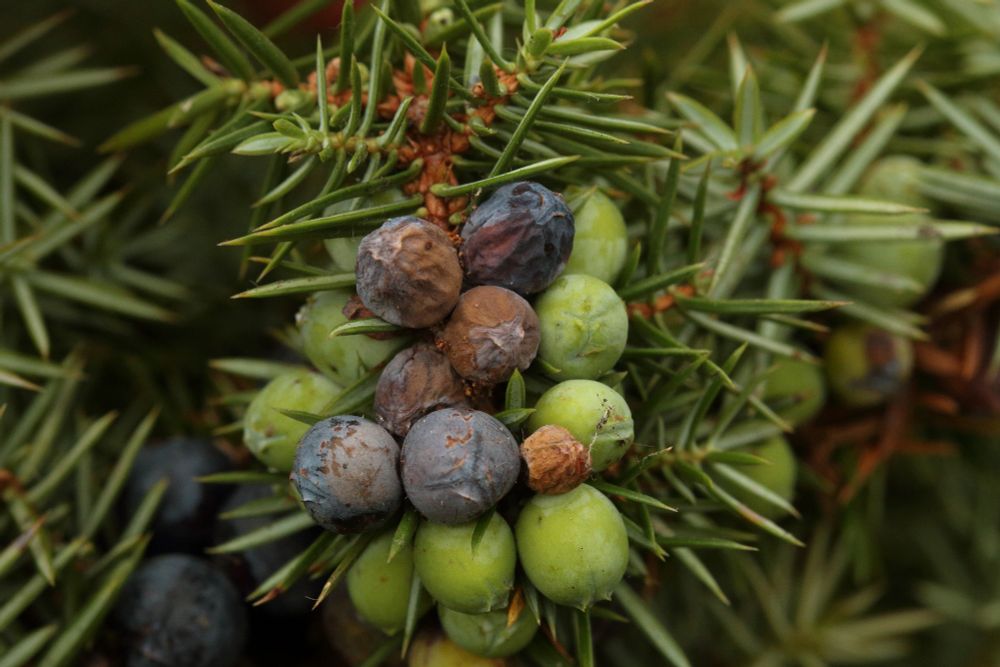James Hammond
@jamesehammond.bsky.social
180 followers
320 following
15 posts
DPhil at @biology.ox.ac.uk | Cichlids, Somitogenesis, and Evolvability | Lepidoptera and Birds | jewh.github.io | #embryo2024
Posts
Media
Videos
Starter Packs
Reposted by James Hammond
Reposted by James Hammond
Dávalos Lab
@labdavalos.bsky.social
· Aug 28

Developmental bias explains the evolutionary trend towards simple leaf shapes
The relative influence of developmental bias and natural selection on evolutionary outcomes remains a central, unresolved question in evolutionary biology. Here, we combine large-scale phylogenetic tr...
www.biorxiv.org
James Hammond
@jamesehammond.bsky.social
· Jun 30
Reposted by James Hammond
Reposted by James Hammond
Reposted by James Hammond
Reposted by James Hammond
Reposted by James Hammond
Reposted by James Hammond
Callum Bucklow
@callumbucklow.bsky.social
· May 16

African Cichlid Lake Radiations Recapitulate Riverine Axial Morphologies Through Repeated Exploration of Morphospace
African cichlids comprise more than 1800 species of freshwater fishes, with remarkable adaptive radiations in Lakes Tanganyika, Malawi, and Victoria that have given rise to extraordinary morphological...
biorxiv.org
Reposted by James Hammond
Review Commons
@reviewcommons.org
· Apr 30

Modularity of the segmentation clock and morphogenesis
Vertebrates have evolved great diversity in the number of segments dividing the trunk body, however the developmental origin of the evolvability of this trait is poorly understood. The number of segme...
doi.org
James Hammond
@jamesehammond.bsky.social
· Apr 28
James Hammond
@jamesehammond.bsky.social
· Apr 27
James Hammond
@jamesehammond.bsky.social
· Apr 18
Reposted by James Hammond
James Hammond
@jamesehammond.bsky.social
· Mar 26
James Hammond
@jamesehammond.bsky.social
· Mar 25
